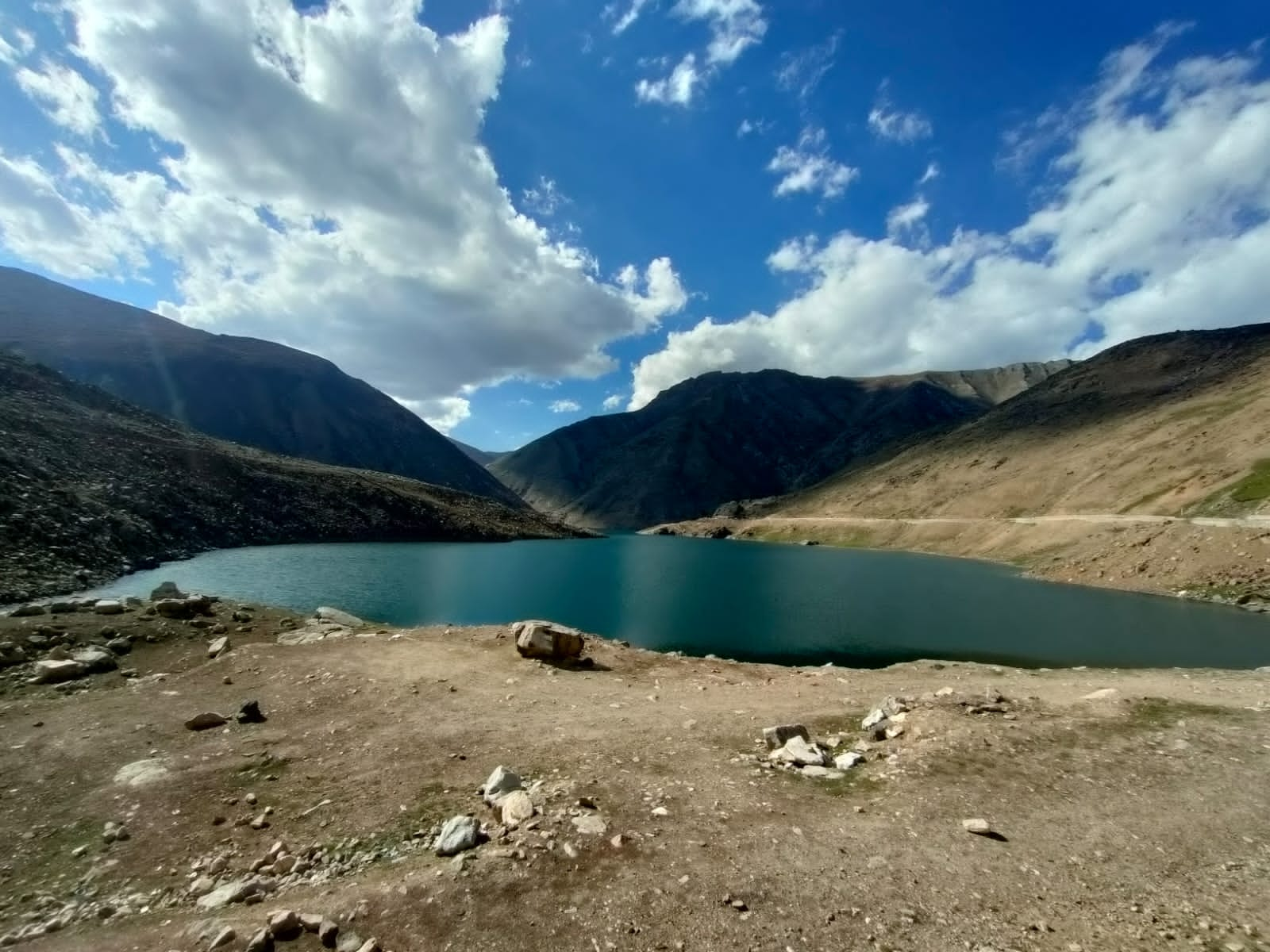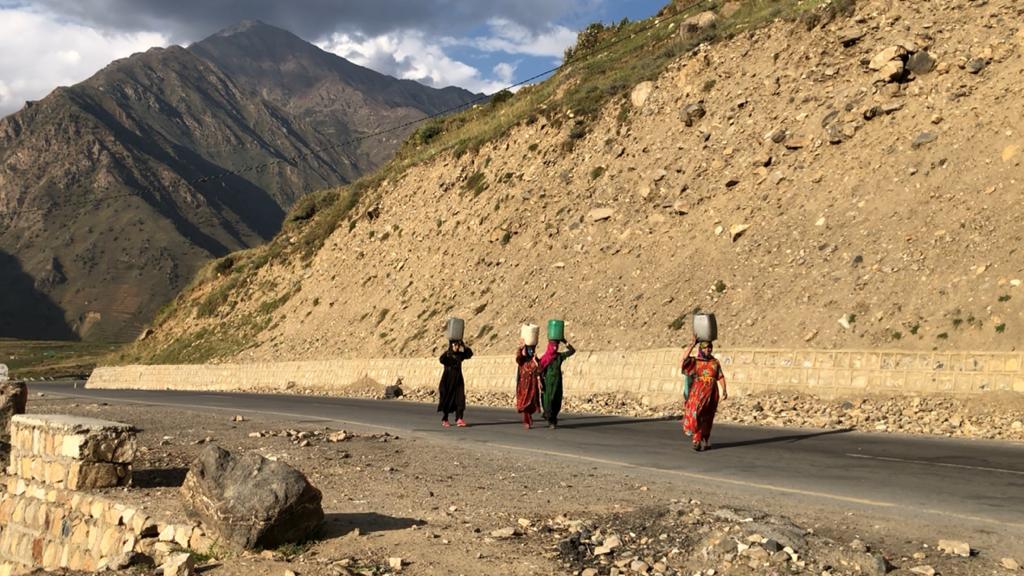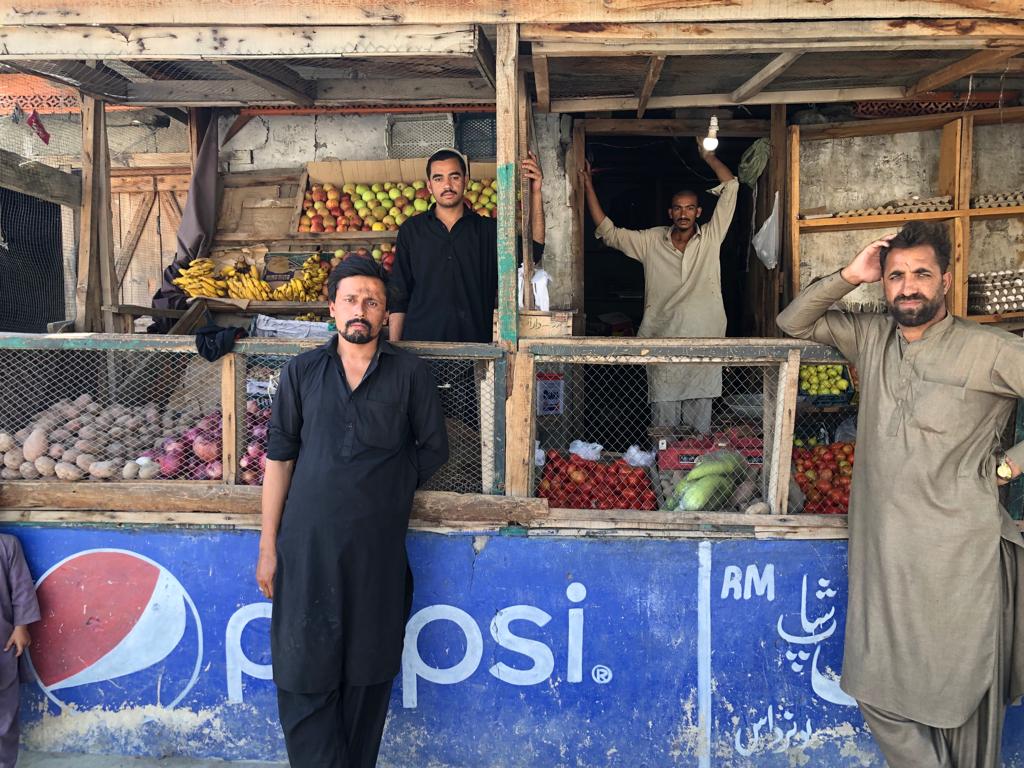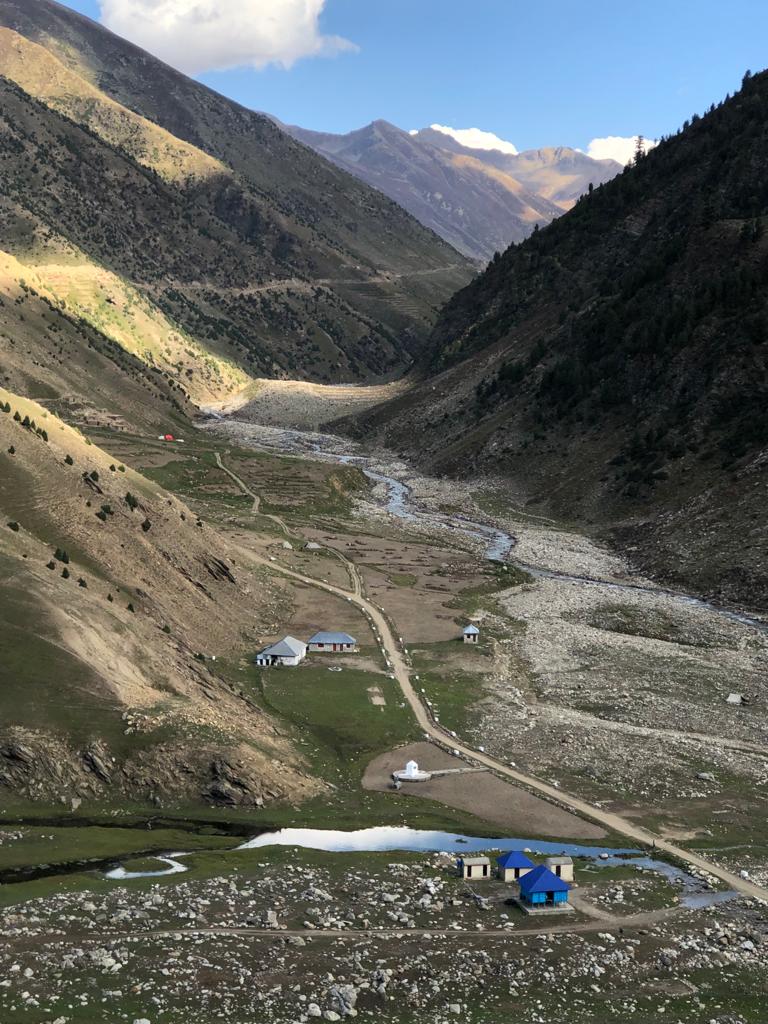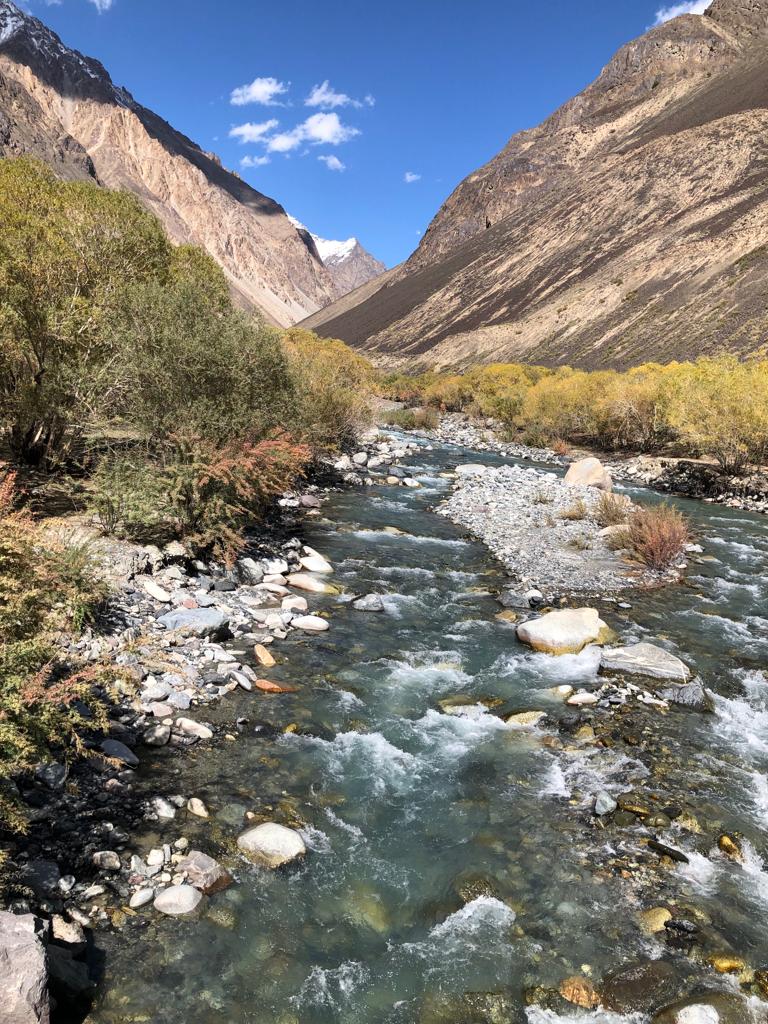By Shadow Pine
Nestled in the heart of South Asia, Pakistan is a land of breathtaking contrasts, towering peaks, lush valleys, ancient civilizations, and vibrant cultures. From the emerald meadows of Swat Valley to the rugged splendor of Hunza and the serene lakes of Gilgit-Baltistan, the country boasts landscapes that could rival the world’s top tourist destinations.
Yet, despite this natural and cultural wealth, Pakistan’s tourism sector remains a shadow of its potential, crippled by decades of strife and security concerns. Geopolitical tensions, including regional rivalries, divert attention from tourism, leaving Pakistan’s valleys underfunded and under-visited. Recent developments, such as the escalating tensions arising from attacks in Indian-administered Kashmir, threaten to further dim the prospects of an industry that could transform the nation’s economy.
Governance and Corruption
Pakistan ranks 133 out of 180 on the Corruption Perceptions Index (2024), indicating significant governance challenges. Bureaucratic inefficiencies and political instability, evidenced by frequent government turnovers and military influence, undermine public trust. This impacts sectors like tourism, where the Pakistan Tourism Development Corporation’s limited capacity (e.g., closed motels) reflects mismanagement.
Territorial Control and Security
Pakistan struggles with internal security in certain regions, particularly along the Afghan border and in parts of Balochistan, where militant groups and insurgencies persist. The recent attack in Indian-administered Kashmir, underscores how cross-border tensions spill over, affecting stability in areas like Pakistan-administered Kashmir and in Pakistan in general. This insecurity directly hampers tourism, with places like Neelum Valley seeing cancellations due to perceived risks.
A Land of Untapped Wonders
Pakistan’s northern regions are a haven for adventure seekers and nature lovers. Swat Valley, often dubbed the “Switzerland of Pakistan,” captivates with its snow-capped peaks, gushing rivers, and fragrant orchards. Hunza Valley, cradled by the Karakoram Range, offers vistas of Rakaposhi Peak and the turquoise Attabad Lake, drawing trekkers and photographers alike. Gilgit-Baltistan, home to five of the world’s 14 peaks over 8,000 meters, including K2, is a mountaineer’s paradise. Beyond nature, Pakistan’s historical treasures, such as the Gandhara and Indus Valley civilizations, offer a glimpse into humanity’s ancient past, with Buddhist relics and Mughal architecture dotting the landscape. The Kalash Valley, with its unique animist culture and vibrant festivals, adds a rich cultural dimension to the tourism tapestry.
The economic potential is staggering. In 2017, tourism directly supported 1.49 million jobs in Pakistan, with projections estimating growth to 2 million by 2028. Gilgit-Baltistan alone welcomed 200,651 tourists in a single year, however contributing to only Rs. 300 million or $1.2 million to the local economy. Compare this to Nepal, a smaller nation with similar terrain, which earned $2.1 billion from tourism in 2023, and Pakistan’s underperformance becomes stark. With proper infrastructure and marketing, Pakistan’s tourism could generate billions annually, creating jobs and fostering sustainable development in remote communities.
The Shadow of Conflict
Despite this promise, Pakistan’s tourism sector has been hamstrung by its association with instability. Decades of internal militancy and cross-border tensions have painted the country as a high-risk destination. The recent killings in Indian-administered Kashmir, marked by a terrorist attack in Pahalgam, has reverberated across the border. Neelum Valley, a gem in Pakistan-administered Kashmir that attracts 300,000 visitors each summer, has seen mass cancellations, turning bustling resorts into ghost towns. In Gilgit-Baltistan, international tourism has taken a hit, with foreign climbers and trekkers opting out due to fears of war. Ali Anwar Khan, General Secretary of the Gilgit-Baltistan Tour Operators Association, noted that the region’s tourism revenue is now at risk.
These incidents exacerbate an already fragile perception. A 2019 report ranked Pakistan as the least competitive country in South Asia for travel and tourism, citing security concerns and poor infrastructure. While the situation has improved since the early 2000s, with the government promoting Pakistan as a safe destination, each new conflict reignites traveler hesitancy. The ripple effect is devastating for local communities, where tourism provides jobs as guides, porters, and artisans. In Swat, for instance, over 40,000 people are employed in hospitality, a lifeline for a region once ravaged by militancy.
Missed Opportunities and Environmental Costs
Pakistan’s focus on geopolitical rivalries has diverted resources from tourism development. The government’s neglect is evident in the lack of modern infrastructure, roads to remote valleys like Skardu and Hunza are often treacherous, and lodging options are limited. The Pakistan Tourism Development Corporation (PTDC) operates only a handful of motels, many of which are closed due to financial constraints. Meanwhile, unplanned tourism has taken an environmental toll. In Gilgit-Baltistan, 39% of surveyed residents in Hunza reported solid waste accumulation, while 42% in Diamer cited deforestation and biodiversity loss as major issues. Water pollution, with E. coli found in local streams, further threatens these fragile ecosystems.
Contrast this with countries like Switzerland or New Zealand, which have leveraged their natural beauty into thriving tourism economies through sustainable practices and robust marketing. Pakistan’s failure to invest in eco-tourism or promote its cultural festivals, like the Shandur Polo Festival, on a global stage is a missed opportunity to shift the narrative from conflict to allure.
A Path Forward
Reviving Pakistan’s tourism sector requires a concerted effort. First, the government must prioritize security, ensuring that tourist areas are insulated from regional tensions. Public-private partnerships, as seen in the Khyber Pakhtunkhwa Integrated Tourism Development Project, can fund infrastructure upgrades, such as better roads and waste management systems. Second, aggressive marketing is needed to rebrand Pakistan as a safe, welcoming destination. Highlighting success stories, like the 4,500+ foreign tourists who visited Khyber Pakhtunkhwa in 2023, can build confidence. Third, sustainable practices, such as the “Travel Responsibly for Experiencing Eco-tourism” initiative, should be scaled up to protect natural sites while empowering local communities.
Finally, Geopolitical actors must not exploit Pakistan for their own gain at the expense of its national interests, as witnessed throughout history.
Pakistan stands at a crossroads. Its valleys, peaks, and heritage sites are a goldmine waiting to be tapped, capable of driving economic growth and cultural exchange. Yet, the spectre of conflict, amplified by recent events in Kashmir, continues to cast a long shadow.
By investing in infrastructure, promoting sustainability, and prioritising peace, Pakistan can transform its tourism sector from a casualty of geopolitics into a beacon of hope. The world deserves to see the beauty of Swat, Hunza, and Gilgit-Baltistan, not as fleeting glimpses in photographs, but as destinations that inspire awe and unity.

Shadow Pine is an independent investigative journalist dedicated to uncovering hidden truths, especially in high-stakes and controversial matters. Operating discreetly to protect sources and maintain integrity, Shadow Pine focuses on stories that others might shy away from, aiming to bring clarity and accountability to the forefront for the well being of the nation.
The views expressed here are that of the author’s and do not necessarily reflect Weekly Echo’s.
